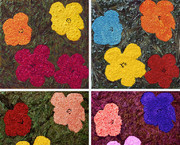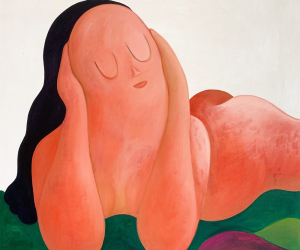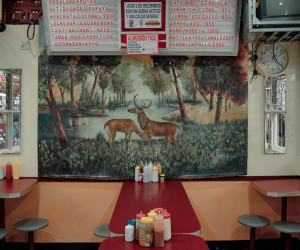
CAN YOU PICK A REAL WARHOL FROM A FAKE?
Posted by Fabio 8 May 2012
Art Series Hotel Group have brought together the world’s greatest living art forger, Tony Tetro, with one of the world’s most forged artists – Andy Warhol – to ask which Warhol is Warhol’s? The convicted forgery artist, Tetro, has been commissioned to produce nine replica Warhols that will hang in the hotels alongside a genuine one until August 3.
Guests staying at an Art Series Hotel (The Cullen, The Blackman or The Olsen) will be asked to pick the ‘real’ from the fake from a line up of 10. One fake will be revealed each week and given away as prizes, with an original Warhol given to one of the guests who picks Warhol’s Warhol.
According to Alan Bryce (author of Art Smart), up to 15 per cent of all art sold is fake or forged. In reflecting on this statistic, CEO of the Art Series Hotel Group, Will Deague said:
“Art Forgery is a serious issue facing the international art industry. At Art Series, we aim to not only make art more accessible for our guests but also help provide an education on art. This process would not be complete without highlighting the prevalence of this fraudulent behaviour.”
“Tony Tetro is a prime example of how commonplace it seems to be to replicate the classics. Tetro and other forgery artists have made a business out of reproducing our art masters including Warhol, Picasso, Monet and even our own namesake artist, Charles Blackman.”
“In running Which Warhol, we’re looking to profile this serious issue and stimulate discussion and debate around the production of replica art. What does it mean for the industry, how can you pick a fake from a real, what value do we actually place on art?”
Australian forensic art expert Robyn Sloggett says that art forgery is one of the easiest crimes to get away with.
“In the industry we call them ‘problematic artworks’. The number of suspicious artworks is difficult to pin point as few result in legal action in the courts, compared to what we identify as independent assessors. This is usually out of embarrassment for the purchaser or it’s simply not worth pursuing because of the cost.”
“One thing we do know, though, is that once a problematic artwork enters the market, it’s usually there to stay,” she said.
Tony Tetro offers some of his own personal tips.
1. Provenance – History of the work. Find out the story behind the piece. What is its history? Does it match up to the artist’s history?
2. The fine details – Look out for the even spread of the paint. It should not have any dots. In the past this was not so easy to replicate but today printers can do it in a flash.
3. Do your research – Find out the style of the artist. Did they use stamps, watermarks etc. How did they look? It’s easy to fake a rubber stamp.
4. Put things in context – See if the objects painted fit in with the artist and his era.
5. Don’t always trust authenticity certificates – They can be faked too. Always buy from a reputable dealer.
For more information on Which Warhol’s Warhol’s? visit www.whichwarhol.com.au








